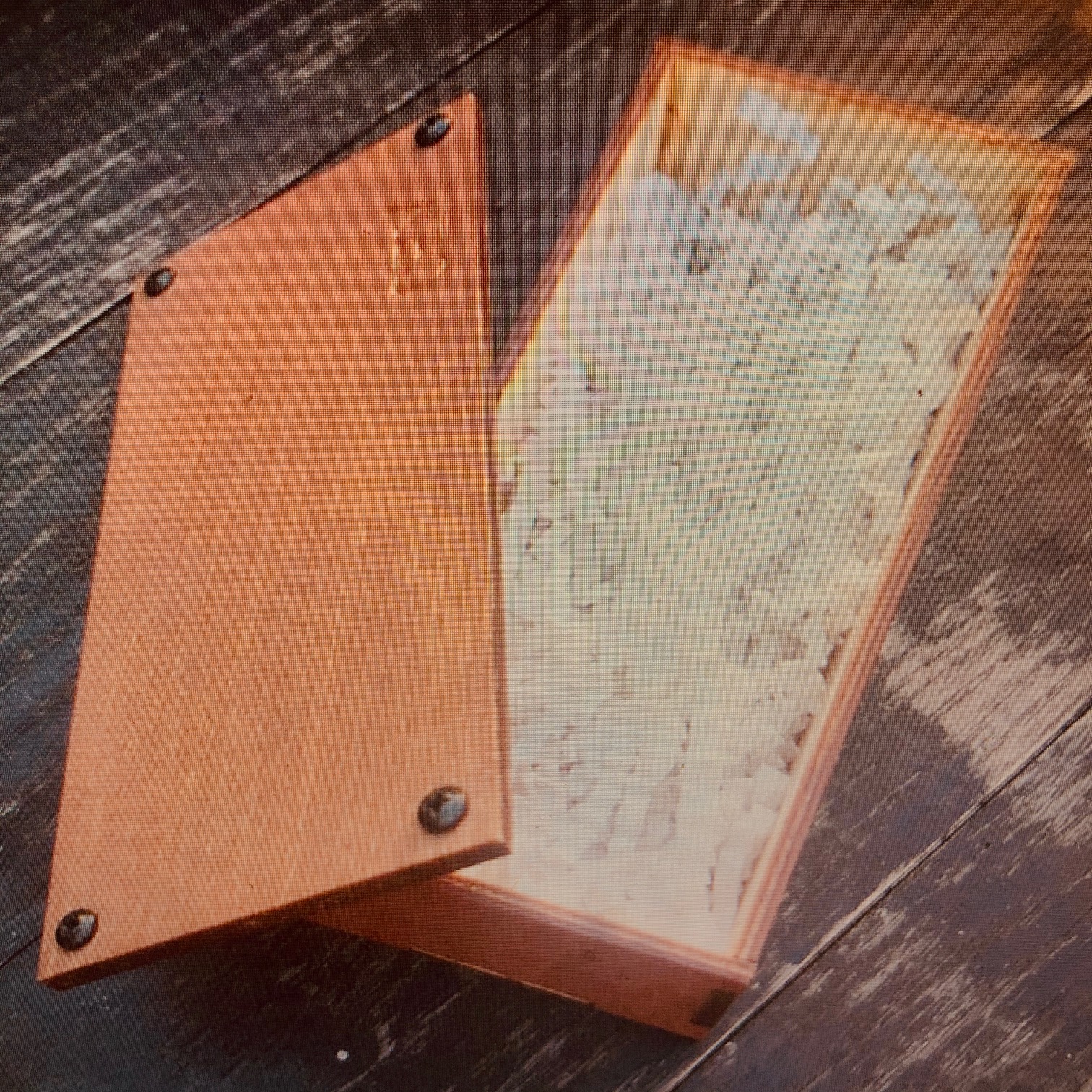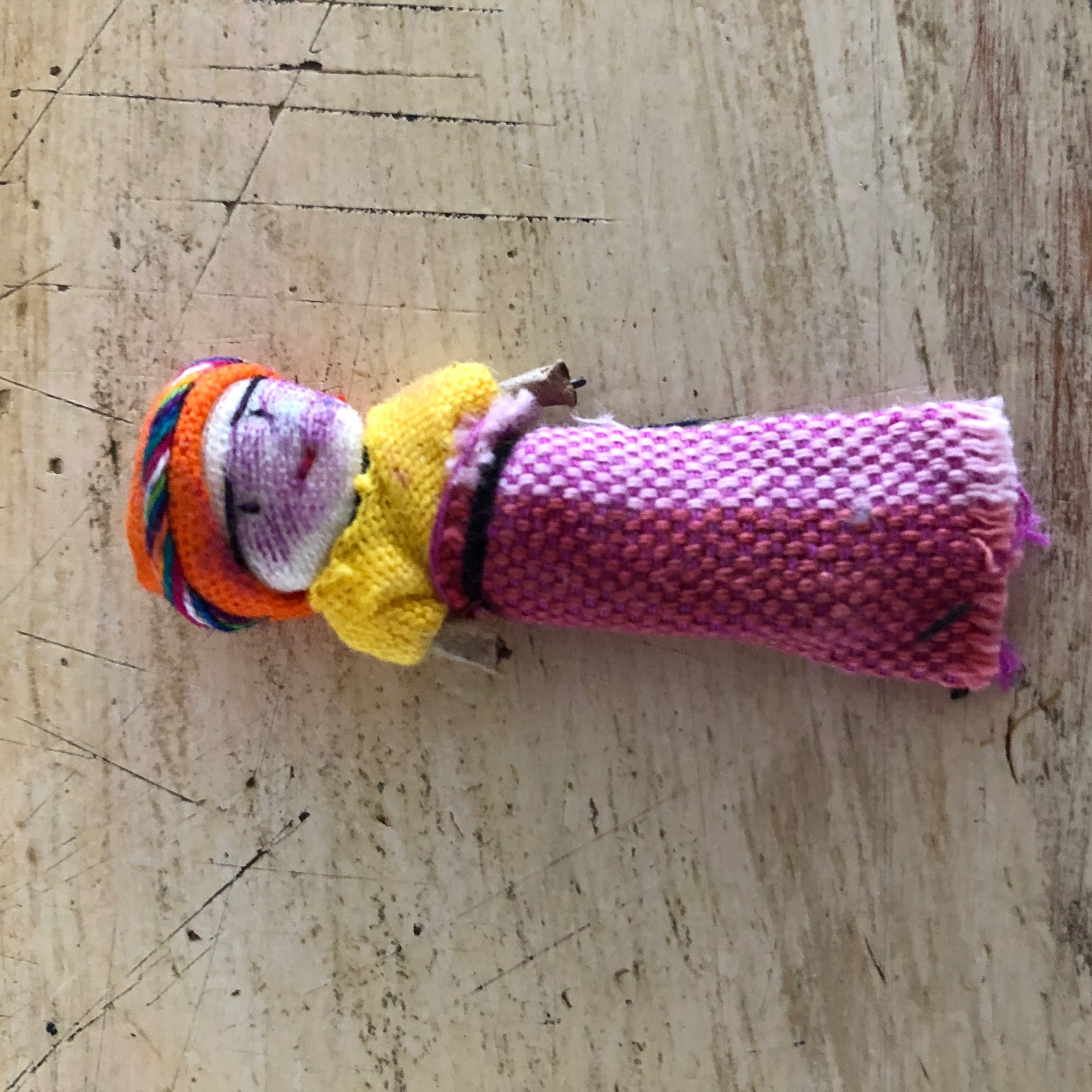 By Karen Gross
By Karen Gross
Author, Trauma Doesn’t Stop at the School Door: Strategies and Solutions for Educators, PreK–College and Breakaway Learners: Strategies for Post-Secondary Success with At-Risk Students
Trauma Abounds
Prior to the ongoing pandemic, protests and rioting rumbling across our nation, there has been and there remains an abundance of trauma affecting the well being of our children. Oft-times its symptomology goes unrecognized or unaddressed.
Then, as if we did not have enough trauma (think the Hebrew word “Dayenu”), the pandemic arrived followed by the police murder of yet another Black man.
Where and how can children express and process what is happening in and to their world? How can we assist our children deal with confusion, uncertainty, fear and racial tensions? How can we help our many brown and Black children feel safe?
This matters. Trauma impacts how we learn, how we engage with others, how we maintain our physical health and how we process our emotions, moods, feeling and behaviors. One further reality: We have school closures, eliminating regular engagement of children with their peers and non-parental adult role models.
Treating Trauma
Before offering a doable suggestion to help children, consider this. Unlike many ills for which we have no cures or even quality methods for amelioration, we do have quality strategies for addressing trauma and research is underway to add additional approaches. These interventions will never eradicate the trauma; instead, they will provide ways to deal with the trauma and its commonplace retriggering throughout a lifetime.
Consider this growing list of trauma responsive strategies. To address the activation of the autonomic nervous system (short-term trauma symptomology), we have learned the value of deploying our seven senses (the latter two of which are balance and intuition). We have new and prospective pharmacological interventions, added approaches for interrupting and redirecting neural pathways, polyvagal therapy, mindfulness, hypnosis and meaningful and genuine personal engagement through words and touch.
We also have an increasing number of approaches to improve longer-term issues like dysregulation, isolation and disassociation, and lastly overregulation. There is growing research on neuroplasticity, neurobiology and neurochemistry, all of which are informing trauma amelioration. There is new research on microglial cells; there is eye movement desensitization and reprocessing as well as sensorimotor therapy.
This is all good news, particularly because these approaches give us hope that traumatized children will have a better future. With the possible epigenetic transmission of trauma, curbing trauma symptoms could also benefit the next generation.
A Concrete Solution
Some of the trauma amelioration strategies require the expertise of professionals like psychopharmacologists and neuroscientists. Others can be deployed safely and effectively by educators, social workers, school counselors and first aid providers. These strategies are not cure-alls but they can provide a way of easing symptomology.
Ponder this possible approach: the creation and use of a trauma toolbox. It allows students to name and then tame what they are feeling and experiencing. This solution begins with an empty box, which is then filled with a selection of trauma responsive tools.
The box can be small. It can be made of wood, cardboard or plastic. It can sit on a desk or a table or by one’s bedside. It can be used by its owner or shared with others. It can serve as a prototype for the creation of other trauma toolboxes for students. Consider this a ordered structure.
And what goes in this box? There is no one answer as many items can be placed in these boxes, as long as they are trauma responsive. These boxes do not need to be identical but what each box shares are tools that lower the autonomic nervous system response to trauma, activate the senses and encourage creativity, reflection and engagement.
One valuable item could be paper and crayons/pencils – even mini versions of these tools. This is because drawing or writing helps disrupt our neural pathways and facilitates the opening of new pathways. They facilitate the use of our creativity. We can write words for the feelings that are on our mind. Then, we could write those same feeling words with our eyes closed. And, when these words appear somewhat misaligned on the paper, we can rewrite them again, with our eyes closed, and experience improvement.
Then, the trauma toolbox could be filled with tactile tools, one example of which is feathers. We can use the feathers to develop our sense of touch. We can use them to trace our hands. We can use them to touch our wrists. We can enjoy their visual appeal and their colors. We can use them as actual fans, feeling the flow of air on our faces. Instead of feathers, one can use pieces of cloth: velvet or velour or alpaca. The point is to have tactile sensation.
Then, the toolboxes can contain figurines that children can hold and manipulate into different positions. The boxes could include Latin American worry dolls that allow us, by myth, to give our worries to the doll and then place the doll beside us as a way to get some relief from our constant worrying. We could include Kimochis (felt feeling toys that name emotions) or emoji dice (that display different facial expressions). The point is to include items that provide pathways for allowing our positive and negative feelings to be expressed.
There are lots of other items that could be added to the trauma toolbox: stress balls of any color or shape, puzzles, yoyos, slinkys, pipe cleaners, fidgets and candies like lifesavers (pun intended).
I have an affinity for adding feeling stones into the toolbox. These stones can have words or images on them; they can be touched again and again. They can be moved to one’s pocket and returned later to the toolbox.
Of the many words that could appear on these stones, I think there is particular value to the word HOPE. That may seem like a strange choice, given all that is befalling us. But, for me, hope is critical. It is what we need to move forward as individuals and society. We need leaders who display hope too.
Ideally, the hope stone would be placed at the bottom of the trauma toolbox, as a reminder of the Greek myth involving Pandora and her box. When Pandora opened her box against orders, she released evil spirits onto the earth. Opening Pandora’s box has become shorthand for all the negative consequences that can flow from raising and talking about difficult issues.
But, what we often forget is that there is one item that never escaped from Pandora’s box: HOPE. And while there are differing interpretations as to why HOPE never left her box, I prefer this explanation. HOPE stayed in the box to remind us that whatever bad things occur, we must hold out hope. It is the pathway forward; without hope, we have no future.
Virtual Book Launch
My new book Trauma Doesn’t Stop at the School Door is being released formally in a virtual book launch. In addition to a panel of experts exploring the book’s approaches and strategies, the first 10 people who enter the virtual event will receive their own trauma toolbox. And, the toolbox will have a special words etched on its wooden cover: GenT Tool Box. GenT is the term used within the new book to describe this trauma-laden generation of students. Rather than labeling them the “Trauma Generation,” a term that may alienate some, GenT is an empowering term. It names what students have experienced, and it sets them on a pathway to tame what they name.
Want a Gen T Tool Box? Attend the virtual book launch on June 22, 2020 at 5:00 p.m. EST. Sign in early. And, if all these boxes are given away ahead of participation, this blog post provides a recipe for creating such boxes. And, the reality is all our children need trauma responsive toolboxes; they will help them navigate their complex world. And, adults can benefit from these toolboxes too. We all need help dealing with trauma.
Photos courtesy Karen Gross





